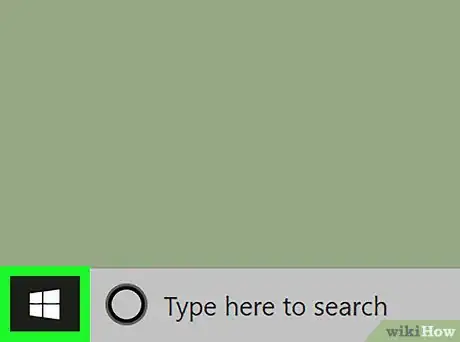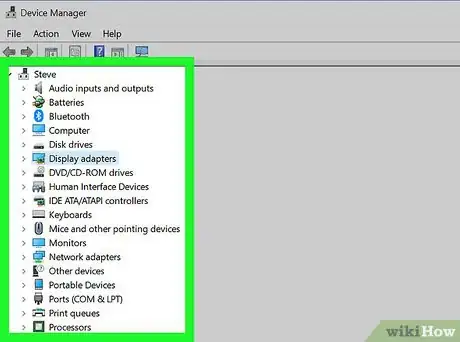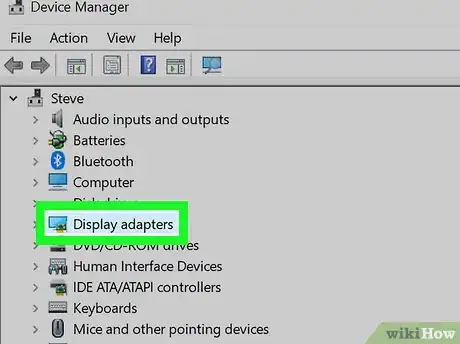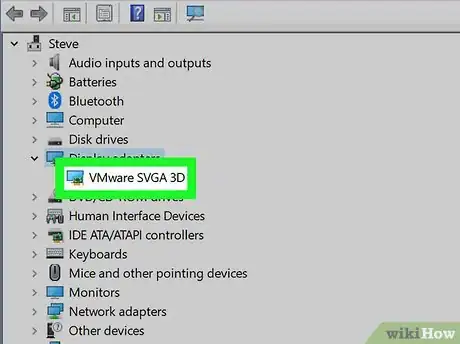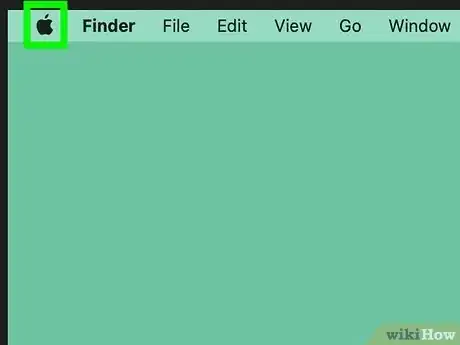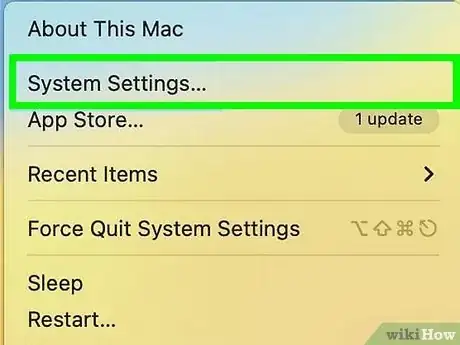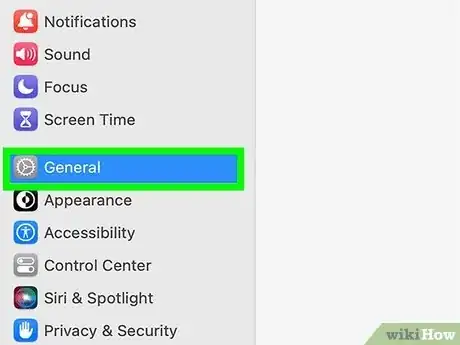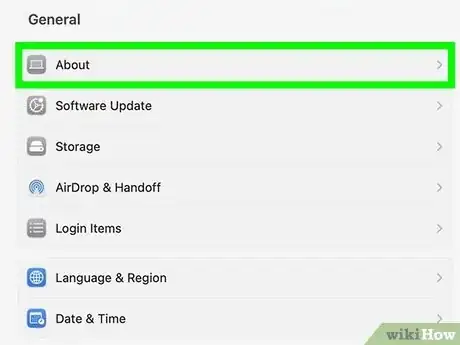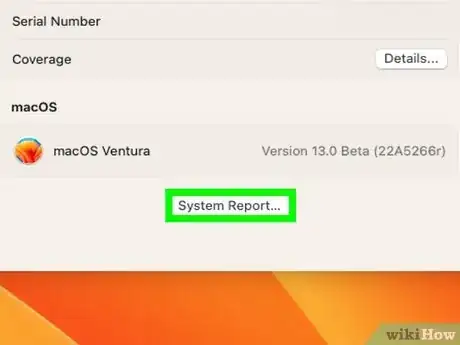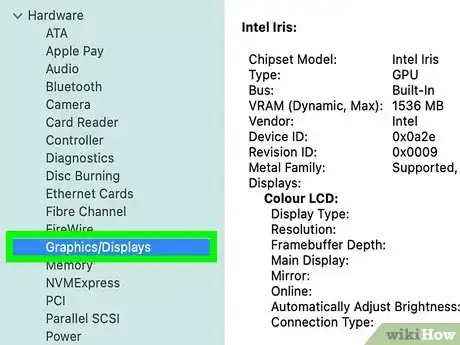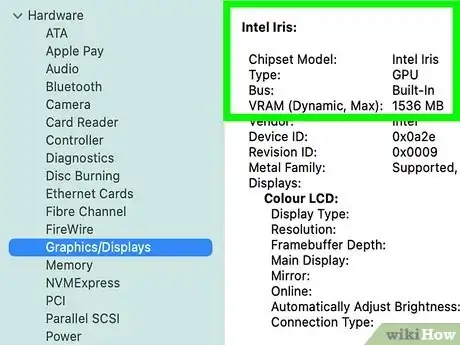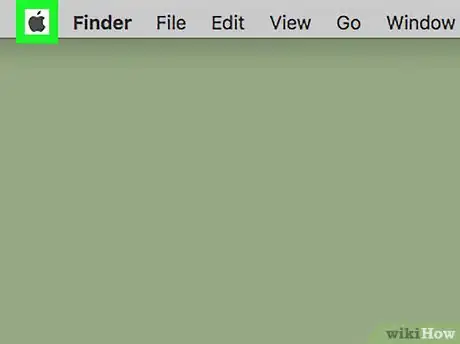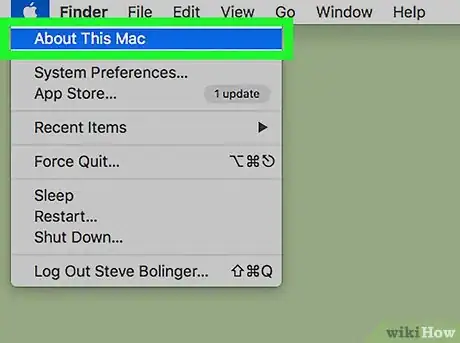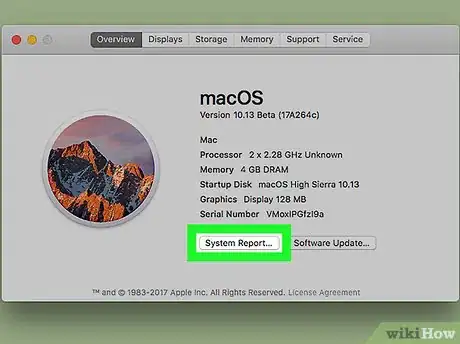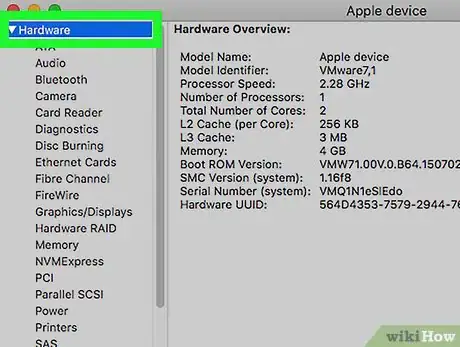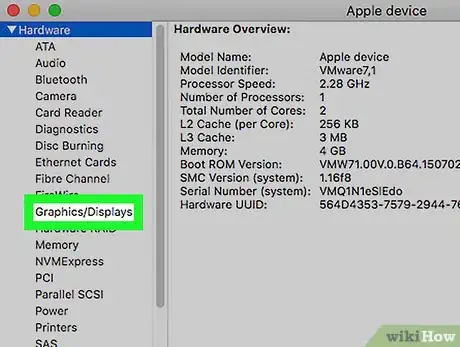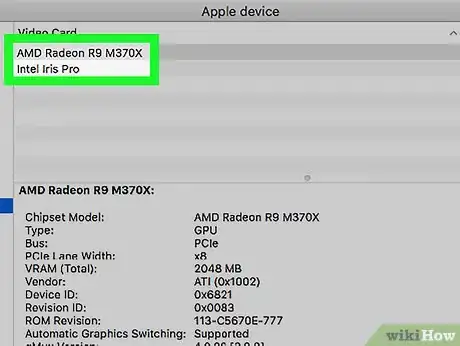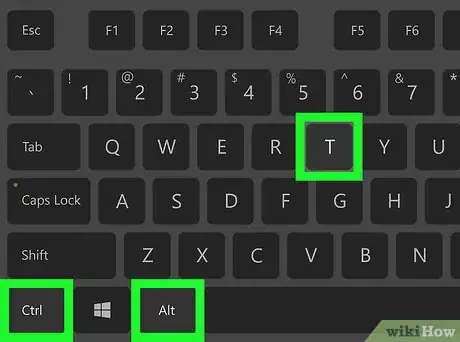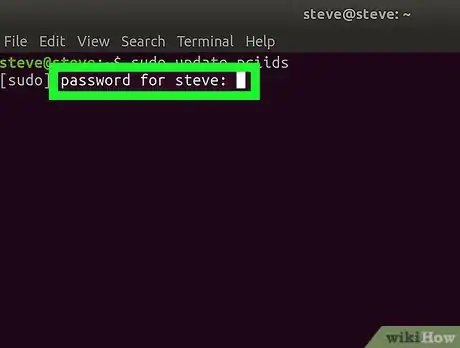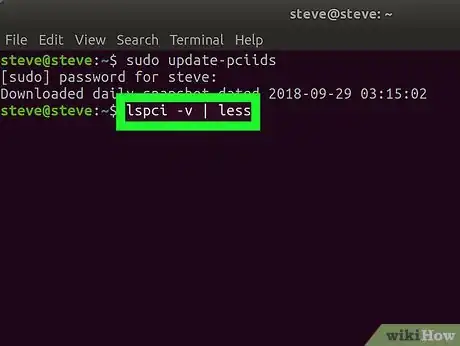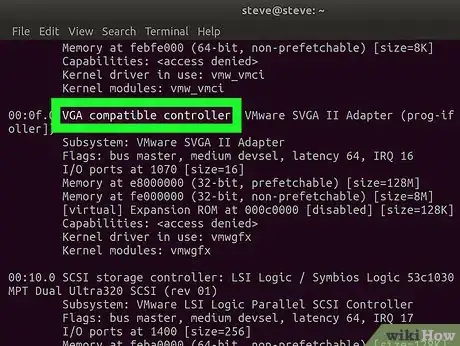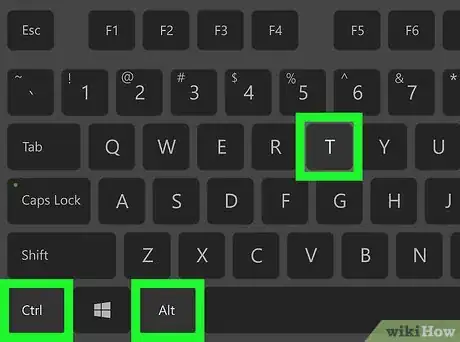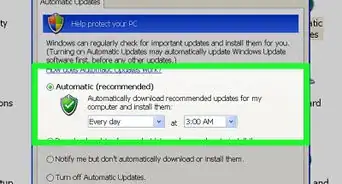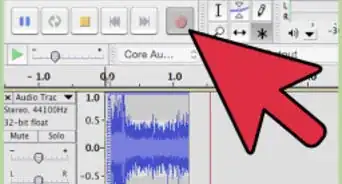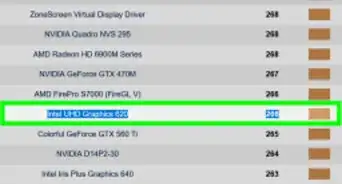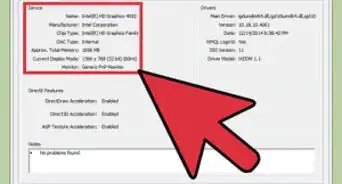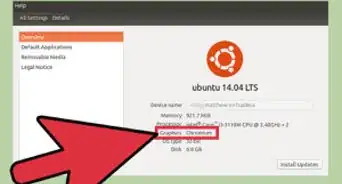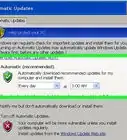This article was co-authored by wikiHow staff writer, Rain Kengly. Rain Kengly is a wikiHow Technology Writer. As a storytelling enthusiast with a penchant for technology, they hope to create long-lasting connections with readers from all around the globe. Rain graduated from San Francisco State University with a BA in Cinema.
The wikiHow Tech Team also followed the article's instructions and verified that they work.
This article has been viewed 2,657,603 times.
Learn more...
Do you want to check what graphics card you have on your computer? You can easily see your Graphics processing unit (GPU) using the Device Manager on Windows or your "About" menu on Mac. For Linux, you'll need to use the Terminal to find out what video card you have. This wikiHow will show you how to locate your computer's graphics card information on a Windows, Mac, and Linux computer.
Things You Should Know
- On Windows, open the Device Manager and double-click the "Display adapters" heading. The graphics card(s) will be listed underneath.
- On Mac, click the Apple menu, then "About This Mac". Click "System Report", "Graphics/Displays". The card will be listed in the right panel.
- On Linux, use the Terminal to look up the list of PCI items. Find the ID number, then enter it in a new Terminal.
Steps
Using Windows
-
1Open the Start menu . Click the Windows logo in the bottom-left corner of the screen or press the Windows key on your keyboard.
- You can also right-click the Start icon to open the Advanced Options menu.
- Knowing your current graphics card can help if you need to fix or change a graphics card.
-
2Open the Device Manager. Type "Device Manager" into the Start menu, then click Device Manager at the top of the search results.
- If you opened Start with a right-click, click Device Manager in the pop-up menu.
- A new window will open.
Advertisement -
3Locate the "Display adapters" heading. This looks like a monitor icon with a small chip-like icon. You may need to scroll down to find it.
- The options in the Device Manager window are organized in alphabetical order, so you'll find the "Display adapters" heading in the "D" section.
- If you see indented options below the "Display adapters" heading, skip the next step.
-
4Double-click the "Display adapters" heading. Doing so expands it to show your installed graphics card(s).
- You can also click the right-facing arrow to the left of Display adapters.
-
5Review your graphics card(s). Your installed graphics card's name will appear under the Display adapters heading. If you see more than one name there, it means you have both a built-in graphics card and an installed graphics card.
- If you want to install a new graphics card, be sure to research for your specific needs before choosing one.
Using macOS Ventura
-
1Open the Apple menu . Click the Apple logo in the top-left corner of the screen. A drop-down menu will appear.[1]
-
2Click System Settings. This will be near the top of the menu.
-
3Click General. This will be next to the grey cog icon.
- You may need to scroll down to find this.
-
4Click About. This will be located in the right panel.
-
5Click System Report. A new page will open.
-
6Click Graphics/Displays. This can be found underneath the Hardware header. If the header isn't expanded, click the arrow to the left of Hardware.
-
7Look for your graphics card's name. It will appear at the top of the right-hand pane.
- Select your graphics card to view its specifications listed below.
Using macOS Monterey and Earlier
-
1Open the Apple menu . Click the Apple logo in the top-left corner of the screen. A drop-down menu will appear.[2]
-
2Click About This Mac. This option is at the top of the drop-down menu.
- You may find your graphics card listed next to Graphics. If you don't see it, proceed to the next step.
-
3Click System Report…. It's at the bottom of the About This Mac window.
-
4Click ▼ to the left of Hardware. This option is in the left-hand pane of the System Report window.
-
5Click Graphics/Displays. It's about halfway down the group of options that appear below the Hardware heading in the left-hand pane.
-
6Look for your graphics card's name. It will appear at the top of the right-hand pane.
- You can view your graphics card's specifications listed below the card's name, or check other computer specifications.
Using Linux
-
1Open the Terminal app. Click the Terminal app icon, which resembles a black box, or press CTRL + ALT + T at the same time to open a new Terminal window.
-
2Update your computer's list of PCI items. Type the following command into Terminal, then press Enter.
sudo update-pciids
-
3Enter your password. Type in the password that you use to log into your computer, then press Enter. Doing so will confirm your command and update your computer's PCI list.
- The password's characters will not appear when you type in Terminal.
-
4Look up your computer's list of PCI items. Type in the following command and press Enter to bring up a list of installed and built-in PCI items (including graphics cards):
lspci -v | less -
5Find your graphics card. Scroll up in the Terminal window until you find the "Video controller", "VGA compatible", "3D", or "Integrated graphics" heading. Your graphics card's name will be listed next to this heading.
-
6Note the graphics card's ID number. This number is to the left of the graphics card's heading, and will usually be in the following format: 00:00.0
-
7Open a new Terminal window. Press CTRL + ALT + T again, or right-click the Terminal app icon and click New Terminal Window (or similar).
-
8Look up your graphics card's information. Type the following command into Terminal—making sure to replace "00:02.0" with your graphics card's actual ID number—and press Enter to see your graphics card's specific information:[3]
sudo lspci -v -s 00:02.0
Community Q&A
-
QuestionCan I play games using Intel HD Graphics only?
 Community AnswerYou can play games like Minecraft, CS:GO, and other very light games on graphics with Intel HD Graphics. If you want to play more graphic intensive games though, you will need a graphics card.
Community AnswerYou can play games like Minecraft, CS:GO, and other very light games on graphics with Intel HD Graphics. If you want to play more graphic intensive games though, you will need a graphics card. -
QuestionWhat if mine only says Intel HD graphics??
 Community AnswerThis means you have an integrated graphics controller and not a separate graphics card.
Community AnswerThis means you have an integrated graphics controller and not a separate graphics card. -
QuestionHow can I tell which graphics card is being used?
 Community AnswerClick right on the home screen, the cpu will pop up and you can use it to chose which one you need to use.
Community AnswerClick right on the home screen, the cpu will pop up and you can use it to chose which one you need to use.
References
About This Article
1. Open Device Manager.
2. Double-click the "Display adapters" heading.
3. View the graphics card(s) listed in the expanded "Display adapters" heading.
